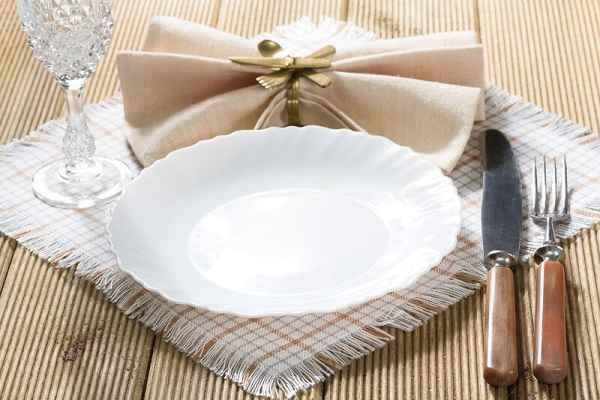Miang Kham (Mieng Kam)
This recipe requires a great deal of preparation time, but it's well worth it - especially if you've eaten a tasty miang kham before and have a craving. There's nothing like it. The blend of coconut, ginger, fresh bitter leaves, peanut, lime and chile is a fantastic flavor and one that goes very well with the American palate. While the easiest way to enjoy miang kham is to have it at your local Thai restaurant, it takes so much effort to make that many restaurants are not likely to offer it.

Ingredients
Filling
- 3/4 cup grated coconut, roasted in a low-heat oven until lightly brown
- 2 small limes, unpeeled (try to get limes with thin skin), cut into small cubes
- 6 tablespoons shallots, peeled and cut into small cubes
- 6 tablespoons roasted peanuts
- 6 tablespoons small dried shrimps
- 4 or 5 fresh hot chile peppers, cut into slivers
- 4 ounces fresh ginger, peeled and cut into small cubes
Sauce
- 1 tablespoon shrimp paste, roasted until fragrant
- 2 ounces fresh galanga, cut into slivers and roasted until fragrant (see note below)
- 1/4 cup grated coconut, roasted in a low-heat oven until lightly brown
- 4 ounces small dried shrimps
- 2 ounces shallots, peeled and coarsely cut
- 1 1/2 teaspoons fresh ginger, sliced
- 8 ounces palm sugar, broken into small chunks
- 2 tablespoons granulated sugar
- Salt for seasoning
Instructions
Filling
- Mix ingredients together.
Sauce
- In a mortar and pestle, pound together the shallots and galanga until fine (note about galanga: it's ok to use dried galanga as long as it's placed in a dish of lukewarm water for a few minutes to reconstitute).
- Add roasted shrimp paste, ginger, coconut and dried shrimp, and continue pounding until smooth.
- Remove the mixture and place in a pot with 1 1/2 cups water. Bring to a boil over medium heat, add palm sugar and table sugar, then reduce heat and simmer, wait until reduced to 1 cup or a bit less.
- Taste, and adjust by adding a bit of salt.
- Remove from heat and transfer to a small bowl.
- Wrapping Leaves: The choice of what leaves to use is up to you. Some use lettuce or spinach leaves due to ready availability, but to get an authentic flavor you can visit an Asian grocery store and try to find cha-phloo leaves. These leaves are also known in English as Betel Leaves, or Piper Sermentosum. In Vietnamese language, these leaves are labeled as La Lop.
- Serving: Spoon the roasted coconut into a serving plate. In separate small bowls, arrange each filling ingredient listed above.
- With a fresh wrapping leaf in hand, fold it once across the bottom then sideways to form a pocket.
- Place about 1 teaspoon roasted coconut in the leaf together with a small amount of each filling to create a bite-size quantity.
- Spoon the sauce on top, pop in your mouth and enjoy!
Attribution
Source: importfood.com

